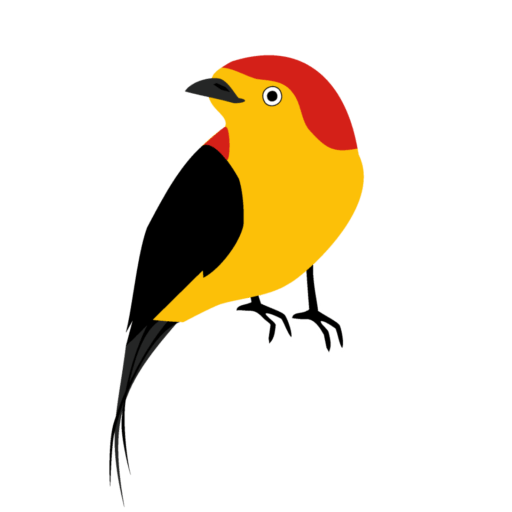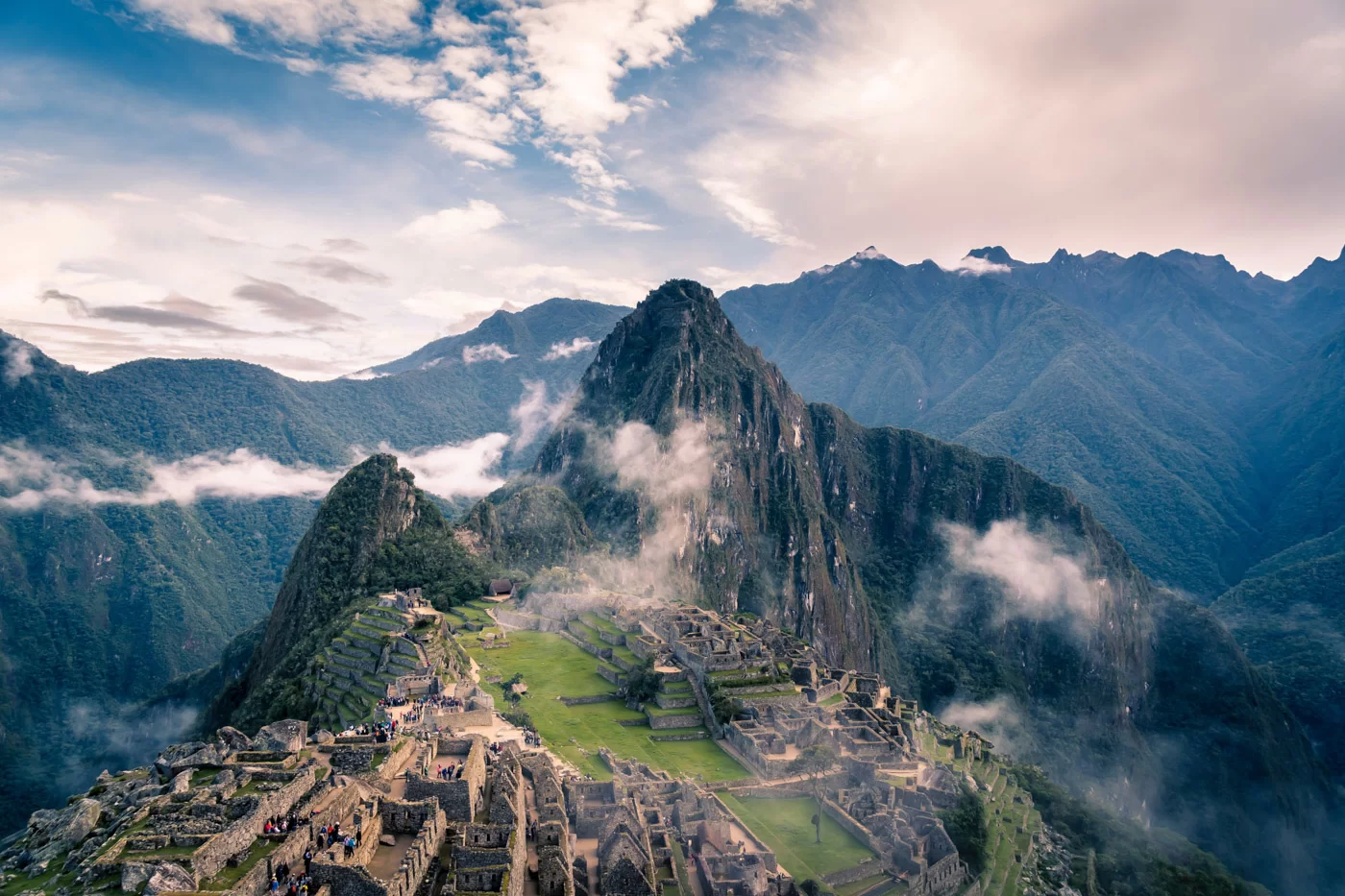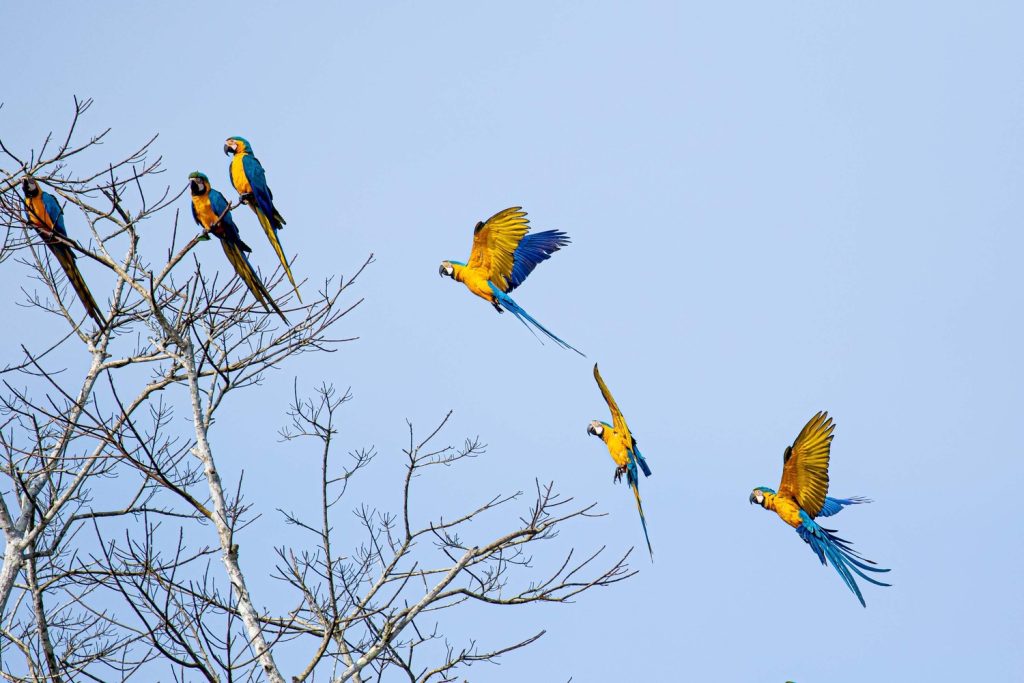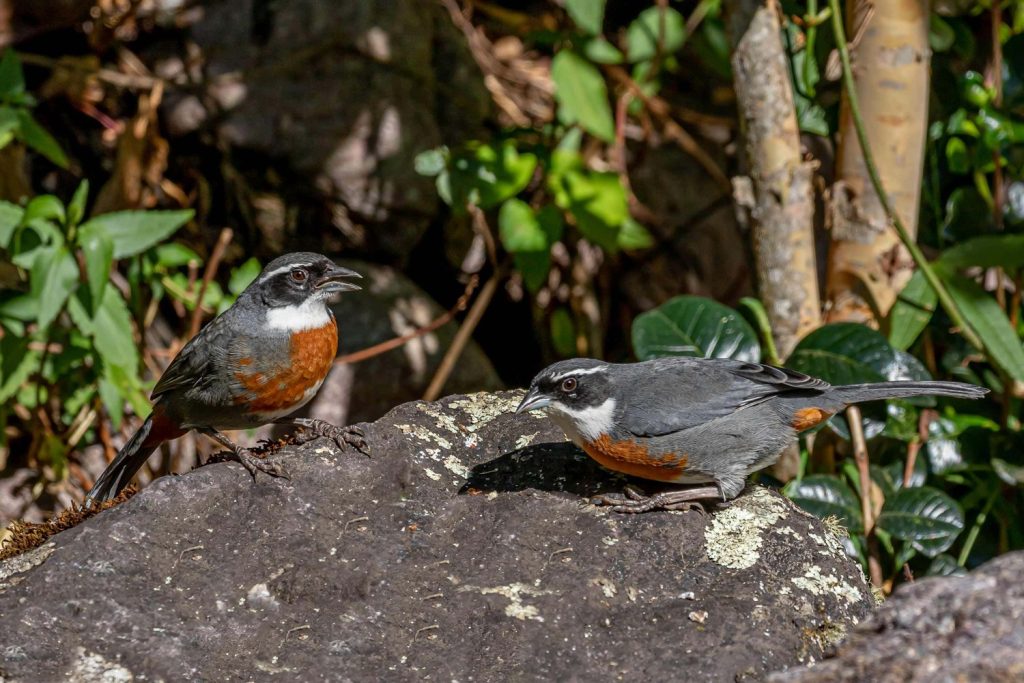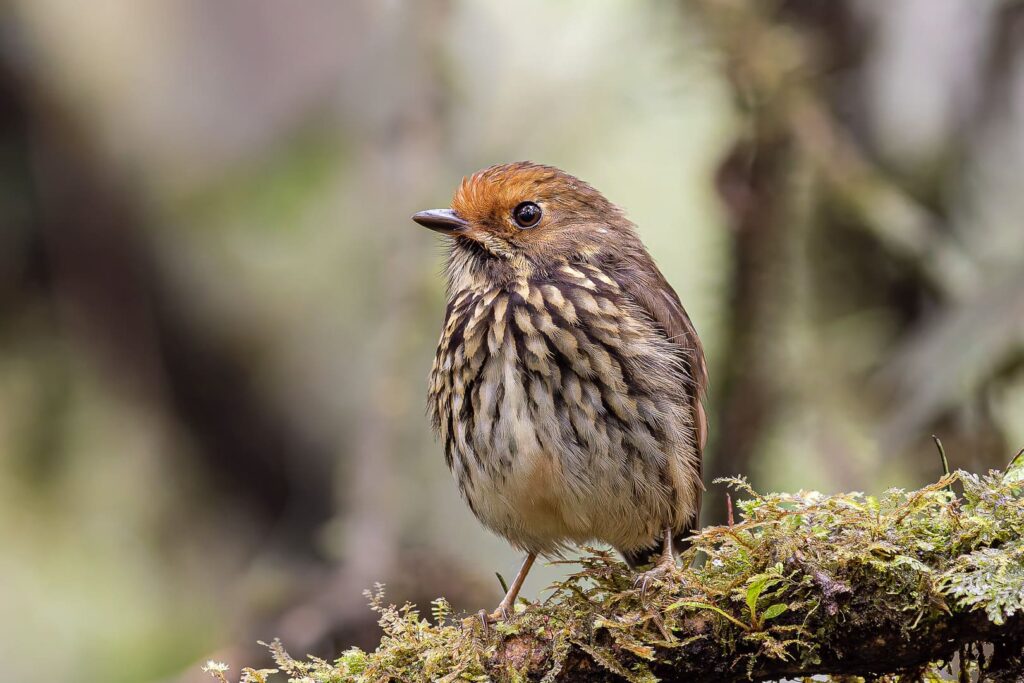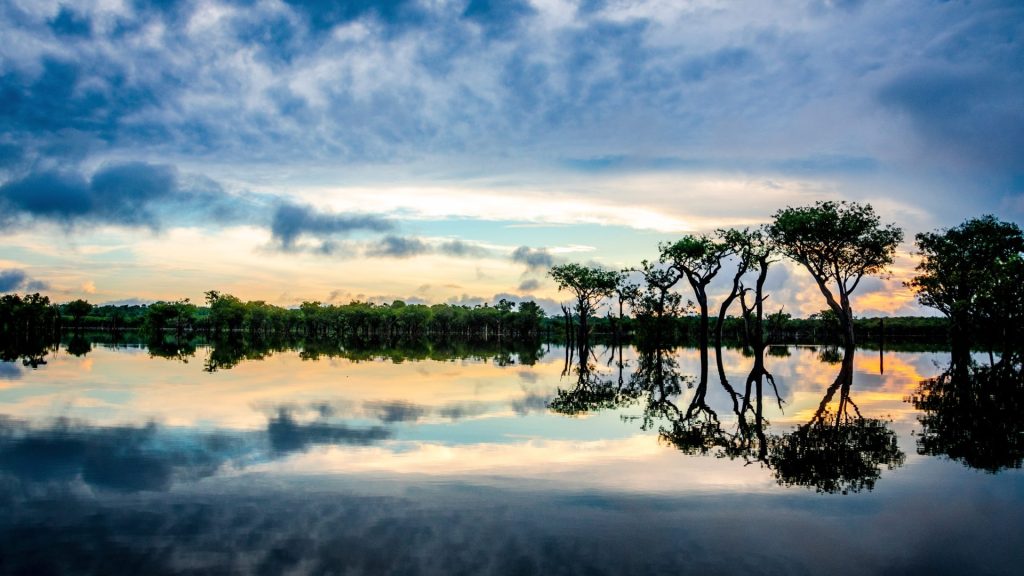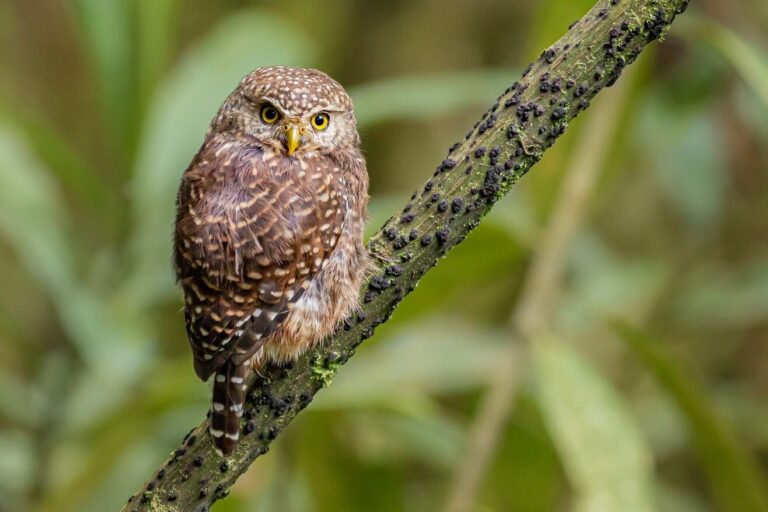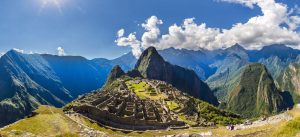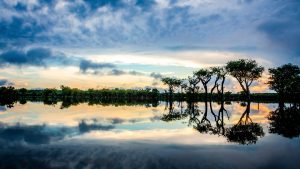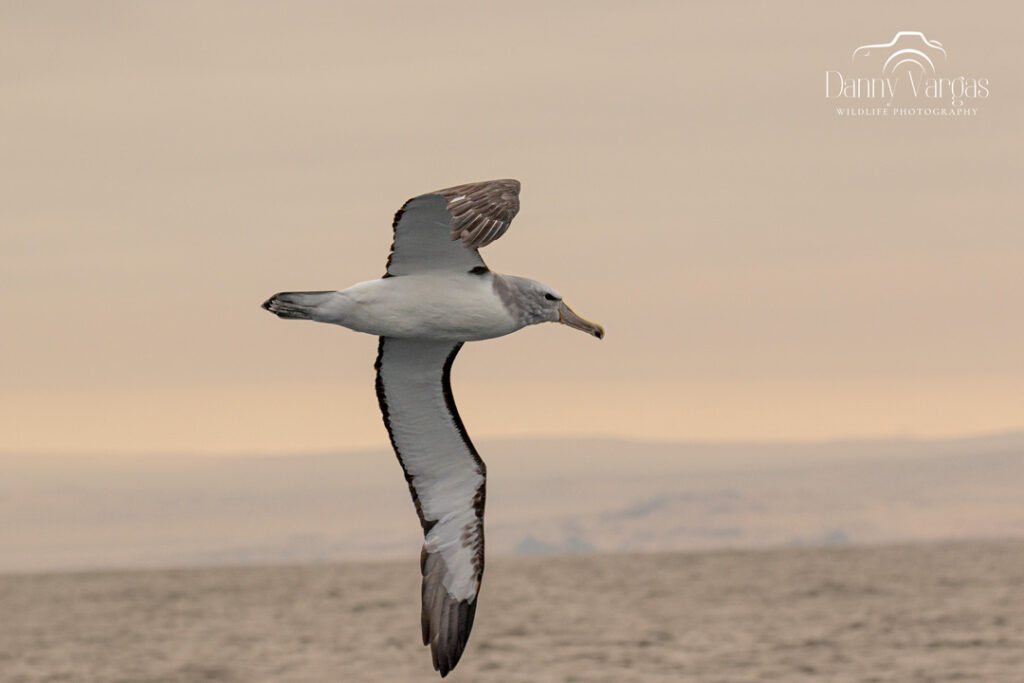Birdwatching in Manu Road – Peru’s Legendary Birding Route
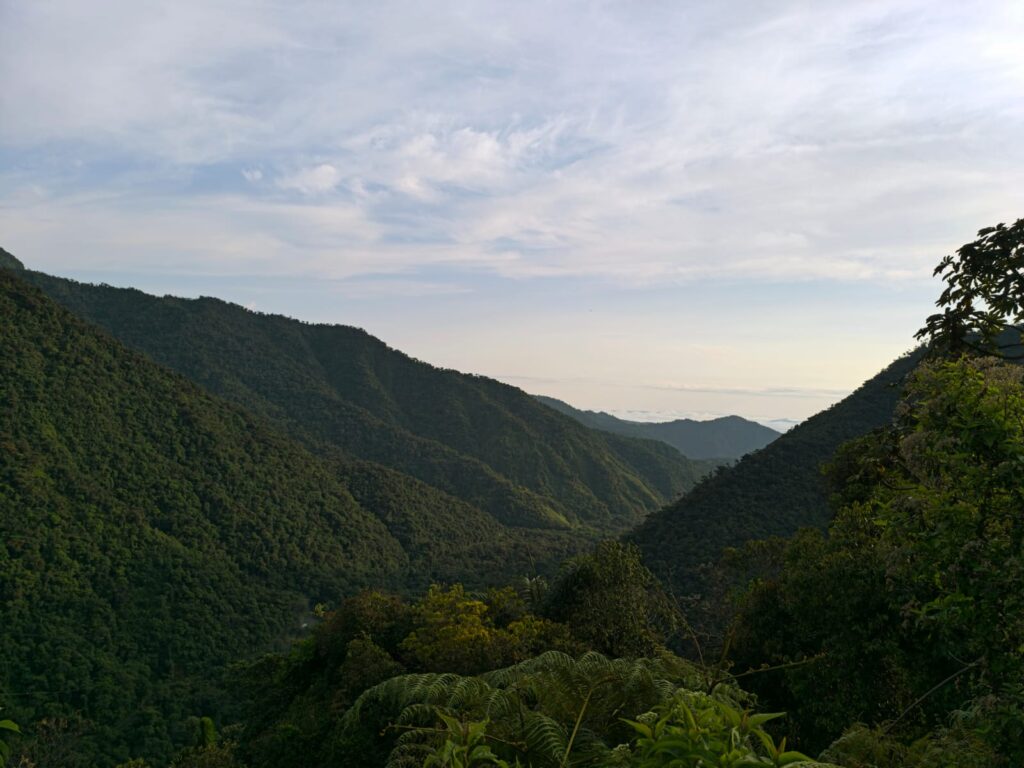
If there is a place that consistently ranks among the world’s top birding destinations, it’s Manu Road. Stretching from the high Andes near Cusco down to the edge of the Amazon basin, this legendary route traverses a breathtaking altitudinal gradient—one that offers a staggering diversity of birds, habitats, and experiences. For birders who thrive on variety and the thrill of discovery, Manu Road is the ultimate playground.
Over a distance of just 100 kilometers (62 miles), birders descend from windswept puna grasslands at 3,500 meters (11,500 feet) to lush, steamy lowland rainforests at 400 meters (1,300 feet). Along the way, each ecological band reveals its own community of bird species, from high Andean specialists to cloud forest endemics and Amazonian lowland rarities.
This is not just a birding trip—it’s a journey through time and space, where ancient Incan roads once crossed and where modern conservation and science are hard at work. Manu Road is renowned for offering some of the easiest access to pristine Andean cloud forest and lowland rainforest habitats anywhere in the Neotropics. It’s no surprise that birdwatchers often return home with day lists that exceed 300 species and life lists forever transformed.
Whether you are chasing endemics like the Red-and-white Antpitta, marveling at the flamboyant displays of Andean Cock-of-the-rock males at leks, or scanning rivers for the elusive Amazonian Umbrellabird, Manu Road delivers. This route isn’t just famous for its numbers—it’s revered for the intimate, close-range encounters that leave even the most seasoned birders speechless.
Habitats Along Manu Road: From the High Andes to the Amazon Lowlands
Birdwatching in Manu Road is not just a matter of species count—it’s an ecological journey that spans an extraordinary diversity of habitats, from high Andean puna to lush Amazonian lowlands. As you descend along this legendary route, each elevational zone presents its own community of birds, many of them regional endemics or highly localized specialties. Here’s a closer look at the habitats you’ll explore—and the birdlife that makes each of them unforgettable.
High Andes and Intermontane Valleys – The Starting Point (Cusco Area)
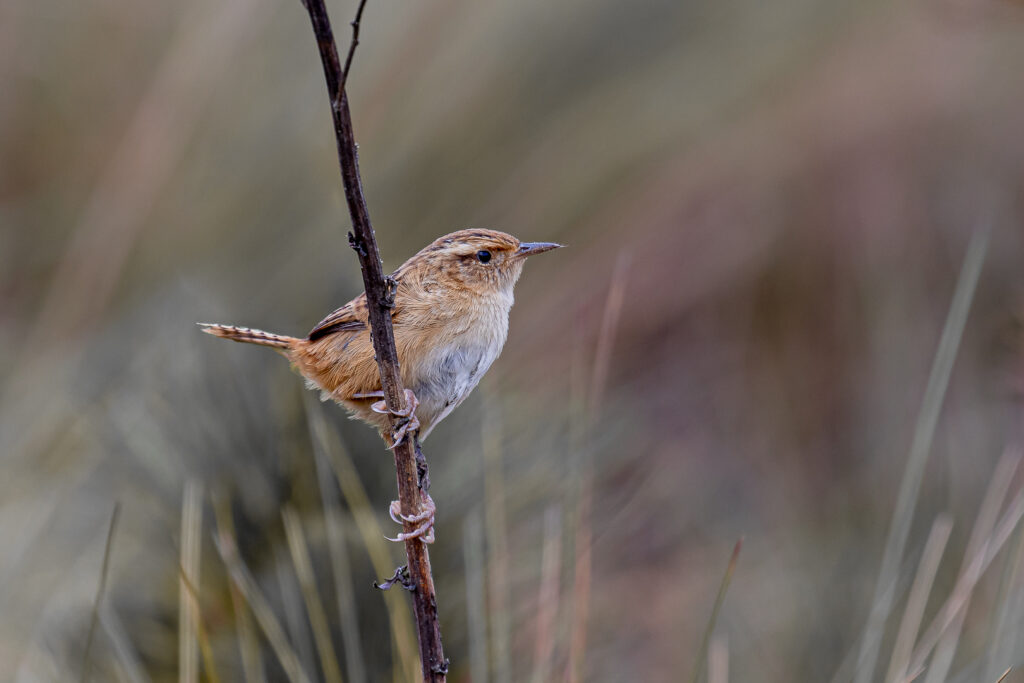
At the beginning of the journey, around Cusco and the intermontane valleys, birders can target species adapted to open and dry Andean landscapes. Typical highlights include the endemics:
- Chestnut-breasted Mountain-Finch
- Creamy-crested Spinetail
- Rusty-fronted Canastero
These species are often encountered along scrubby hillsides and remnant patches of Polylepis forest before entering the lush ecosystems of the Manu Biosphere Reserve.
Elfin Forest – Gateway to Manu National Park
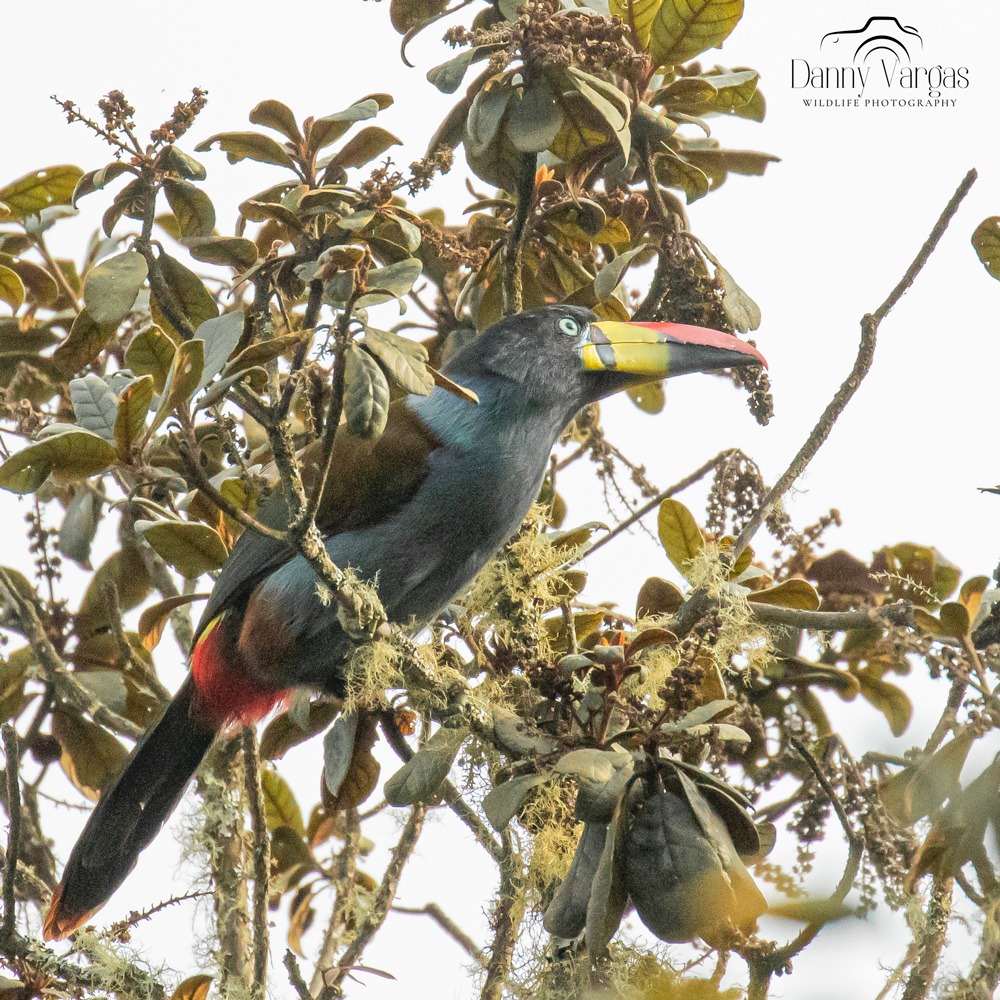
Descending into the elfin forest zone, around 3,000 meters, the habitat transforms into dense, moss-laden woodlands with stunted trees and a haunting atmosphere of mist and birdsong. Regular sightings in this zone include:
- Red-and-white Antpitta
- Scribble-tailed Canastero
- Gray-breasted Mountain-Toucan
- Marcapata Spinetail
- White-collared Jay
- Urubamba Antpitta
- Black-throated Pygmy-Tyrant
- Mountain Cacique
And the colorful mixed flocks of mountain tanagers, including several striking species, are a constant companion.
See mor info about Wayqecha Lodge, located right in the heart of this ecosystem, the garden birding can be as productive as time spent on the trails. Regular visitors to the feeders and flowering bushes include:
- Collared Inca
- Amethyst-throated Sunangel
- Golden-collared Tanager
- Grass-green Tanager
- Scarlet-bellied Mountain-Tanager
- Hooded Mountain-Tanager
- Masked Flowerpiercer
- Tyrian Metaltail
Cloud Forest – Heart of Birdwatching in Manu Road
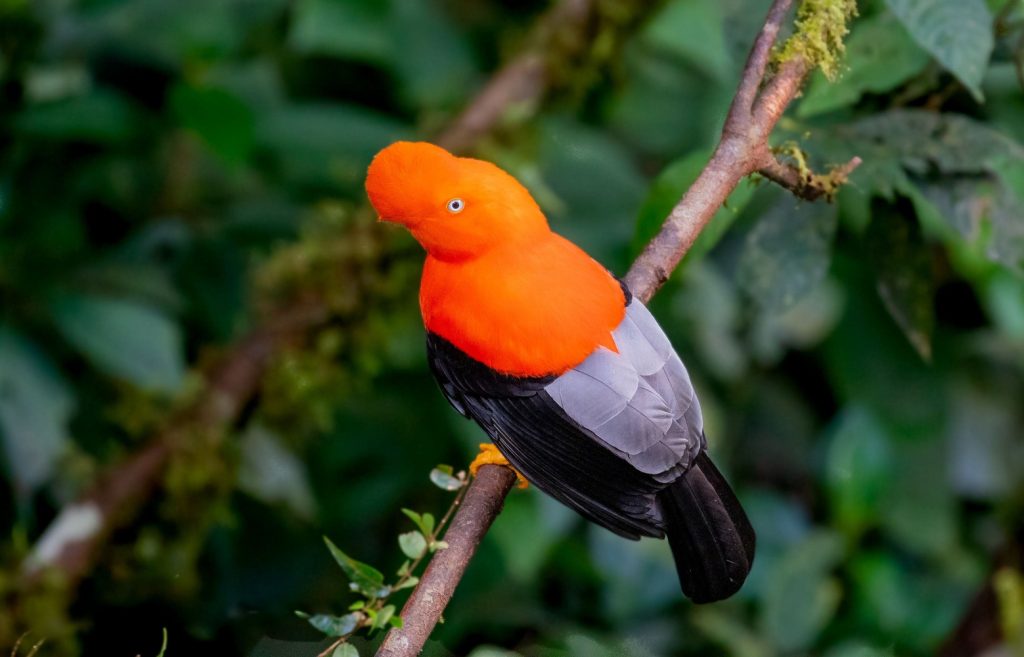
As the descent continues, the cloud forest becomes denser and more diverse. This is where many birders spend extra days to immerse themselves in the action. Highlights of this middle section include:
- Andean Cock-of-the-rock (at active leks viewable daily)
- Highland Motmot
- Golden-headed Quetzal
- Crested Quetzal
See more info about Cock-of-the-Rock Lodge is perfectly situated for birding this zone. Its gardens, with fruiting trees, attract a wide range of species, while hummingbird feeders are regularly visited by:
- Many-spotted Hummingbird
- Violet-fronted Brilliant
- Long-tailed Sylph
- Wire-crested Thorntail
- Green Hermit
- Booted Racket-tail
Additional species found along trails and forest edges include:
- Wedge-billed Hummingbird
- Buff-tailed Sicklebill
- Peruvian Piedtail
Birders often encounter on nearby trails and the road:
- Cerulean-capped Manakin
- Stripe-chested Antwren
- Masked Trogon
- Black-backed Tody-Flycatcher
- Yungas Manakin
- Amazonian Umbrellabird
- Russet Antshrike
- Black-streaked Puffbird
The mixed flocks of tanagers are a spectacle in themselves, featuring species like:
- Paradise Tanager
- Orange-eared Tanager
- Beryl-spangled Tanager
Foothills and Bamboo Patches – A Hotspot for Endemics
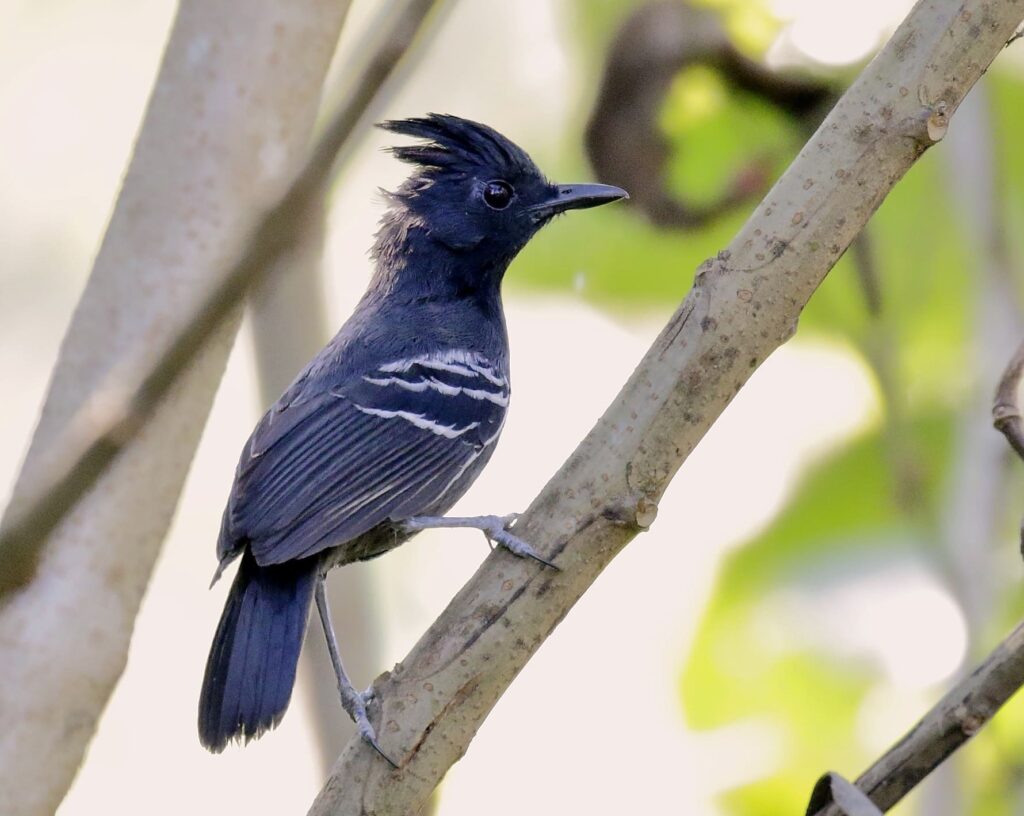
Further down, as you reach the foothills, bird diversity skyrockets. In patches of Guadua bamboo, highly specialized species can be found, such as:
- White-lined Antbird
- Bamboo Foliage-gleaner
- Manu Antbird
- White-cheeked Tody-Flycatcher
- Rufous-headed Woodpecker
- Rufous-vented Ground-Cuckoo
The nearby gardens at Villa Carmen Lodge (Manu Biolodge) host:
- Scarlet-hooded Barbet
- Foothill Antwren
- Fine-barred Piculet
- Cabani’s Spinetail
- Brownish-headed Antbird
Trails and forest edges around the lodge reveal:
- Great Potoo
- Military Macaw
- Blue-headed Macaw
- White Hawk
- Lanceolated Monklet
- Yellow-billed Nunbird
- Chestnut-backed Antshrike
- Blackish Antbird
- Ornate Flycatcher
- Mottle-backed Elaenia
- Fiery-capped Manakin
- Yellow-breasted Warbling-Antbird
- Black-backed Tody-Flycatcher (E)
- Rufous-capped Nunlet
From the puna to the lowlands, Manu Road offers not just birding, but a journey through some of the richest and most varied bird habitats in the Neotropics. Each zone reveals new birds, new challenges, and new reasons to fall in love with this extraordinary route.
Birding in Multiple Climates: What to Expect Along the Altitudinal Gradient
One of the defining characteristics of birdwatching in Manu Road is the constant shift in climate as you descend through different elevations. In a single day, you can experience everything from the crisp, dry air of the high Andes to the sweltering heat and humidity of the Amazonian lowlands. Understanding these climatic zones is key to having a successful and comfortable birding trip.
Starting in Cusco – Dry and Cold Intermontane Valleys
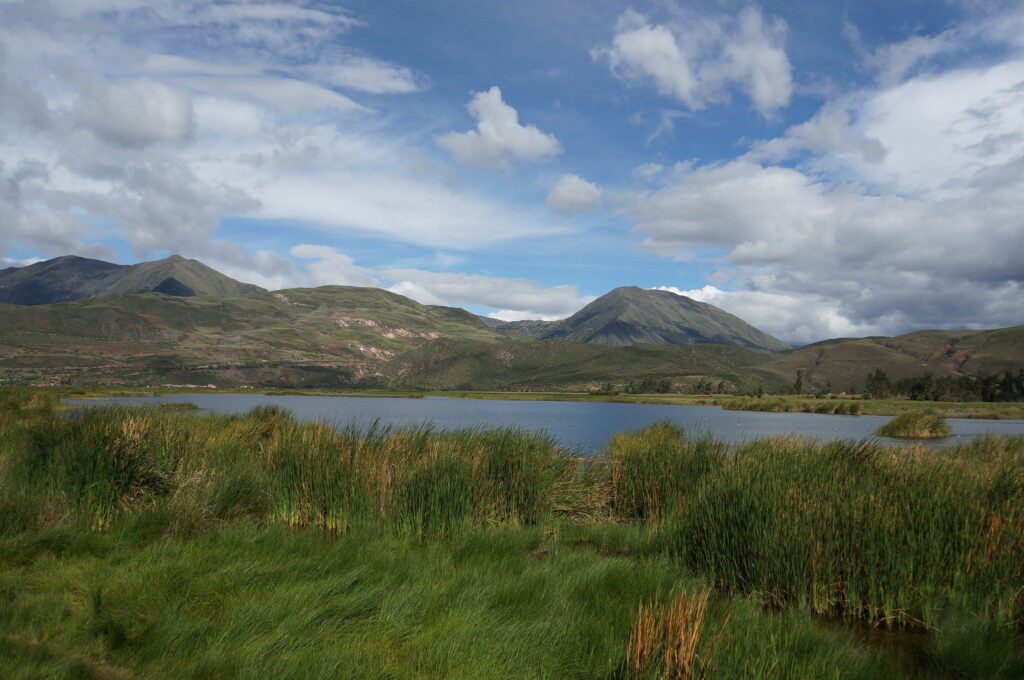
Most birders begin their journey in Cusco, where the climate is typically dry, sunny, and cool. The intermontane valleys around the city are situated at around 3,400 meters (11,150 feet) above sea level. Here, you can expect:
- Thin, dry air with high UV exposure
- Cool mornings and evenings, often dropping to near freezing in the dry season
- Wind exposure in open areas
Wayqecha and the Elfin Forest – Cold and Damp Conditions
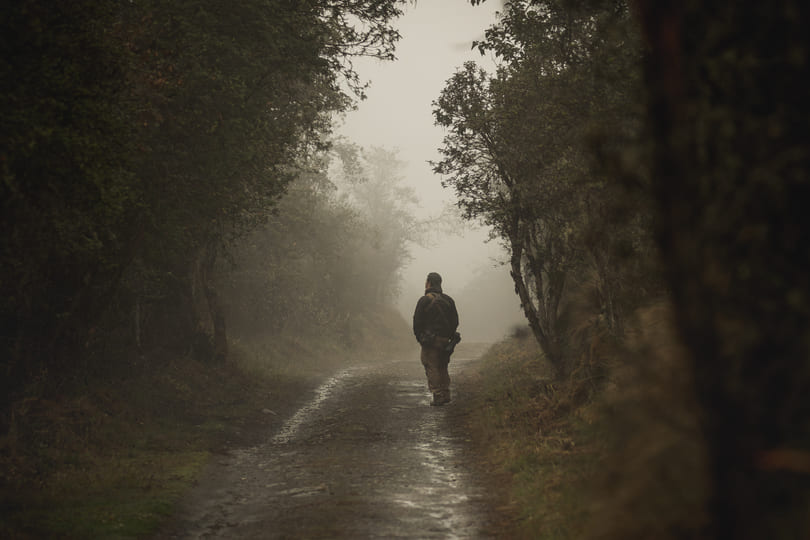
As you enter the elfin forest around Wayqecha Biological Station (approximately 3,000 meters / 9,800 feet), the air becomes noticeably more humid. Temperatures remain cold, especially early in the morning and at night, but the moisture increases:
- Frequent mist and drizzle
- Chilly temperatures, often hovering around 5–10°C (41–50°F)
- Wet underfoot conditions, especially after rain
This zone demands layered clothing and reliable rain protection, as showers can occur without warning.
Cloud Forest Mid-Elevations – Mild and Humid
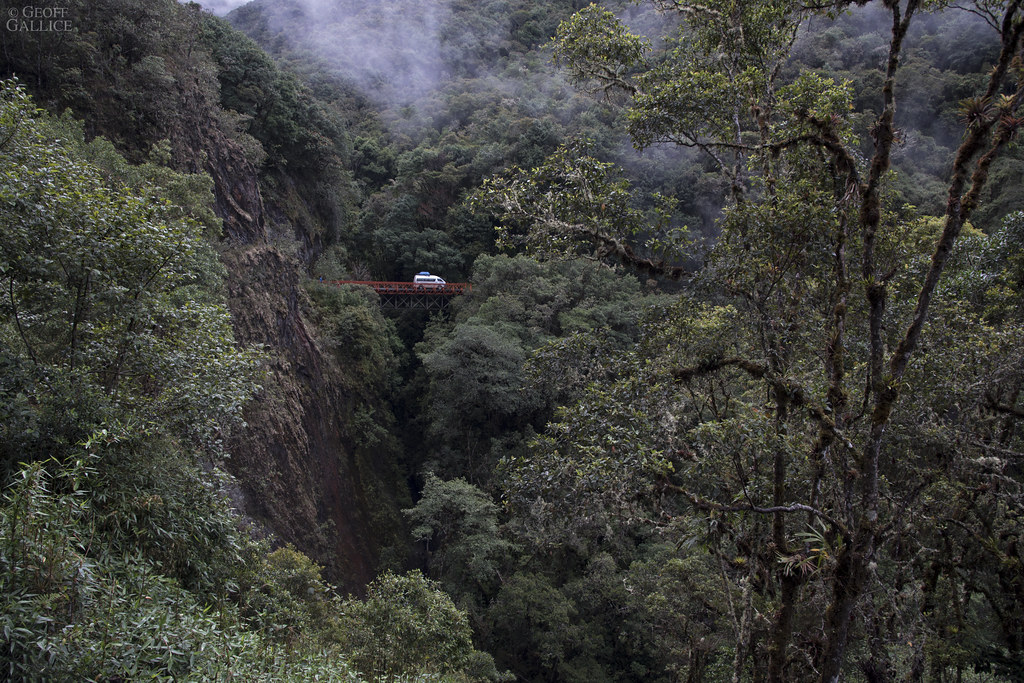
Descending further into the cloud forest, temperatures become milder but the humidity rises dramatically. At elevations between 1,200 and 2,400 meters (3,900–7,900 feet), birders often experience:
- Warm, humid days with highs of 20–25°C (68–77°F)
- Frequent cloud cover, fog, and light rain
- Cool nights, though not as cold as the elfin forest
Here, mornings can be clear, but afternoons often bring mist or rain. This is classic rain jacket and waterproof boot territory.
Foothills and Lowlands – Hot, Humid, and Buggy
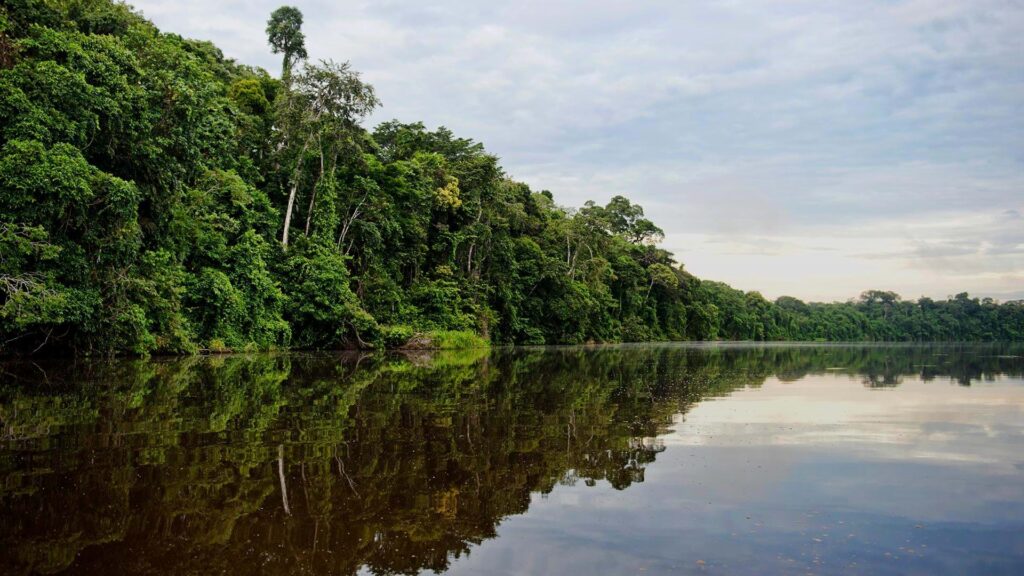
Once you reach the foothills and the lowland rainforest, conditions shift again. These areas are typically hot and very humid year-round. At elevations from 500 meters (1,600 feet) down to the Amazon basin, expect:
- Daytime temperatures often exceeding 30°C (86°F)
- High humidity, sometimes reaching 90%
- Intense sun when the sky is clear
- Frequent afternoon thunderstorms
- Biting insects, including mosquitoes and chiggers
Insects are an unavoidable part of lowland birding here, and insect repellent is essential, as is light, breathable clothing that covers skin to minimize bites.
Packing for the Climate Range
Because Manu Road crosses such a wide range of climates, packing appropriately is vital for comfort and safety. You’ll need:
- Layered clothing for warmth in the high Andes and elfin forest
- Lightweight, quick-drying shirts and pants for humid lowland conditions
- A reliable rain jacket and waterproof backpack covers for sudden showers
- Waterproof boots with good traction for slippery trails
- Sun protection (hat, sunglasses, sunscreen), especially at high altitudes
- Insect repellent and long sleeves/pants for bug protection in the lowlands
Best Time for Birdwatching in Manu Road: Dry vs. Wet Season
One of the most frequent questions about birdwatching in Manu Road is: When is the best time to go? The short answer is: almost anytime. Manu Road offers exceptional birding opportunities year-round, with both the dry and wet seasons bringing their own unique advantages and challenges.
Dry Season (April to October)
Most birders prefer the dry season, which runs from April to October, with peak months often being June through September. During this period:
- Rainfall is lower, which means better trail conditions and clearer skies for spotting birds.
- Access is easier, with fewer disruptions from landslides or road closures.
- Visibility tends to be better, particularly in the cloud forest, where mist is less persistent.
- Temperature swings can be more pronounced, with cold mornings (especially at higher elevations).
Despite the name, showers are still possible—after all, this is the Amazon slope—but they are less frequent and usually less intense.
Wet Season (November to March)
The wet season brings heavier and more consistent rains, particularly between January and March. However, this doesn’t mean birding stops:
- Bird activity can be intense, especially in the early mornings between showers.
- Fewer tourists make for a quieter experience on the trails and at lodges.
- Fruit abundance often peaks, attracting mixed flocks and frugivorous species closer to accessible areas.
- Breeding activity for many species increases during these months, offering opportunities for unique behaviors and vocalizations.
The trade-off is the increased likelihood of heavy rains, landslides, and difficult travel conditions, particularly in February, when road conditions can be at their worst. For this reason, February is generally best avoided.
So, When Should You Go?
Both seasons offer remarkable birding—whether you prefer the stability and ease of the dry season, or the rich biological activity of the wet season, there’s no bad time to visit. However, travelers should carefully plan around February, as this month presents the most logistical challenges but go and check our dedicated blog about How to Pack for birding in Peru.
For a more detailed comparison of the seasons along Manu Road, including species behavior and climate data, you can check our dedicated blog on Manu Road’s Birding Seasons.
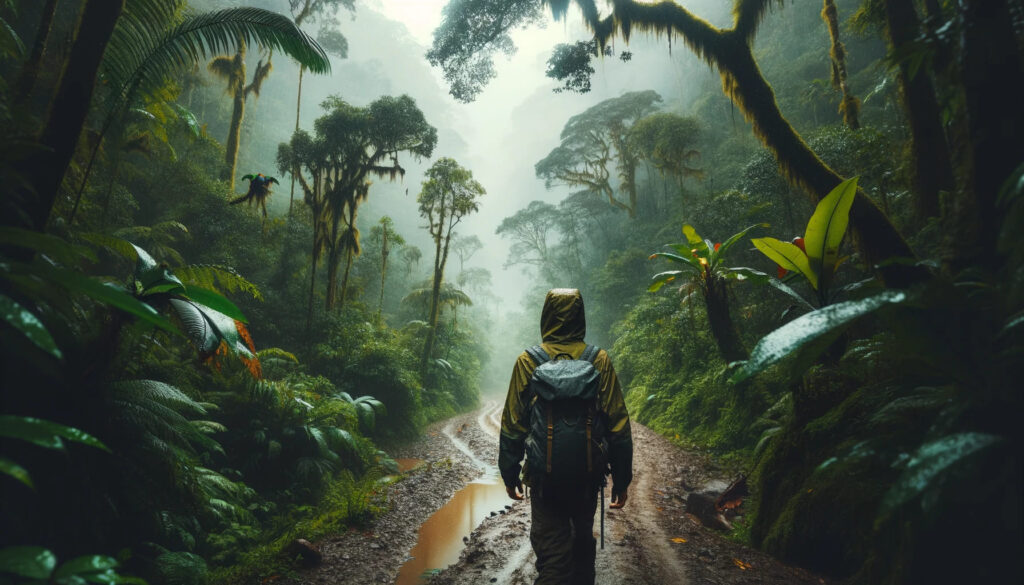
Final Thoughts: Why Manu Road Should Be on Every Birder’s Bucket List
Whether you’re a seasoned world birder or a passionate neotropical enthusiast, Manu Road offers an unparalleled birding experience. Few places on Earth combine such extraordinary biodiversity, easy access, and stunning scenery in one continuous journey from the Andes to the Amazon.
With every bend in the road and each shift in elevation, new species and habitats reveal themselves—reminding you why this is one of the great birding routes of the world.

